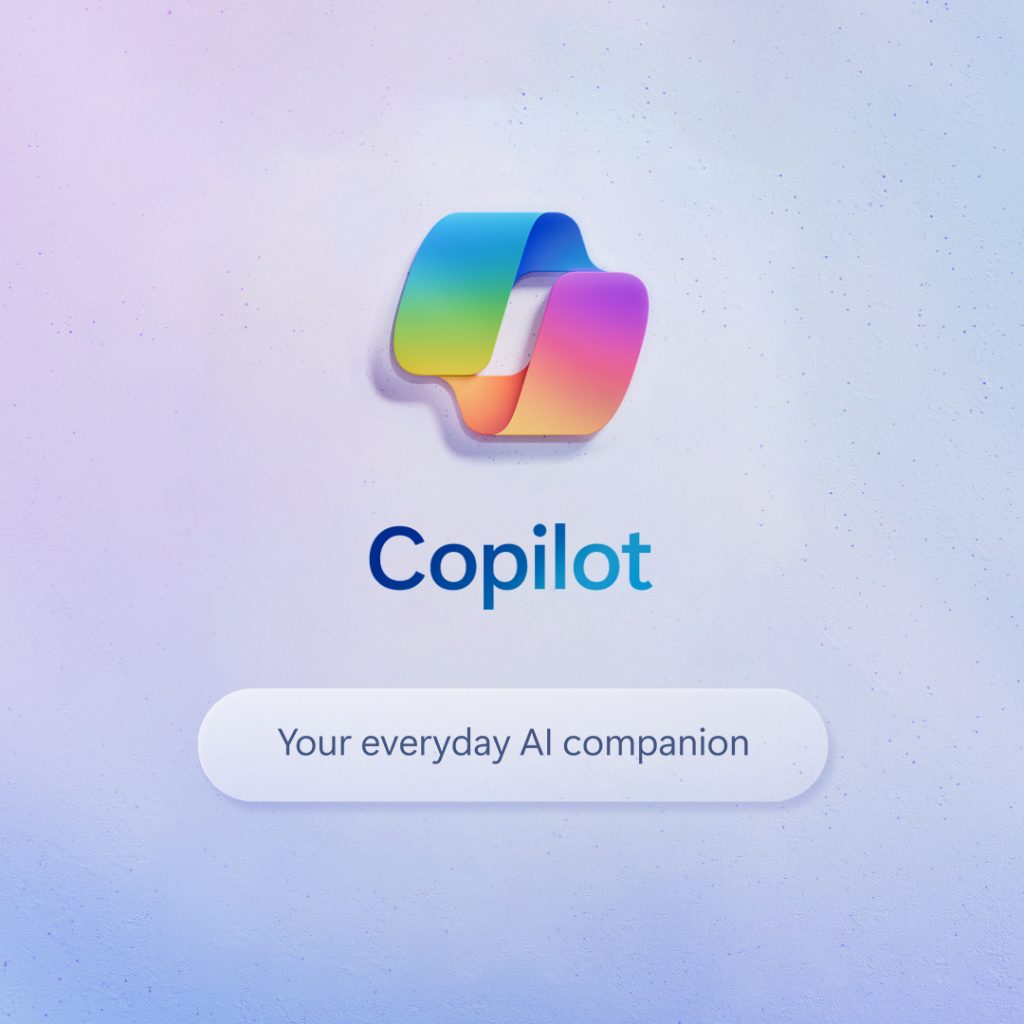In an era where artificial intelligence (AI) permeates numerous aspects of daily life, from job applications to medical care decisions, the lack of government AI oversight regarding potential biases has become a pressing concern. States are now stepping up to fill this regulatory void, with lawmakers in at least seven states spearheading efforts to legislate against discrimination perpetuated by AI. This burgeoning legislative landscape reflects a growing recognition of the need to balance the benefits of AI with the imperative of mitigating its risks, particularly in terms of bias and discrimination.
States taking action – Legislating against AI bias
Behind the scenes of AI’s headline-grabbing innovations, its pervasive integration into everyday life has raised alarm bells regarding potential biases. From screening job applicants to assessing rental applications, AI-driven decision-making processes have been implicated in perpetuating discrimination based on race, gender, or socioeconomic status. Despite the widespread use of these systems, government oversight has been conspicuously lacking, prompting states to take decisive action.
In response to the conspicuous absence of comprehensive federal regulation, policymakers in seven distinct states are at the vanguard, spearheading the endeavor to meticulously craft legislative frameworks geared towards addressing the pervasive issue of bias entrenched within the realm of artificial intelligence (AI). These concerted efforts epitomize pivotal strides in an ongoing and protracted discourse, wherein the focus remains squarely fixed on the intricate task of effectively delineating the parameters for regulating AI, all the while endeavoring to harness its inexorable potential for transformative change.
However, the labyrinthine complexities inherent in navigating this nascent regulatory landscape necessitate a rigorous engagement with an industry whose valuation extends into the echelons of hundreds of billions of dollars, and which is notably characterized by its relentless pursuit of innovation, ceaselessly propelling forward at an unyielding pace.
Challenges and prospects for AI oversight
Despite mounting pressure for oversight, progress on AI legislation has been incremental. The passage of only a handful of AI-related bills out of hundreds introduced underscores the formidable challenges facing lawmakers. Also, the scope of proposed legislation varies widely, with some bills focusing on specific AI applications, such as deepfakes and chatbots, while others seek to tackle systemic issues of discrimination.
While industry stakeholders have expressed willingness to engage with legislative efforts, concerns persist regarding the feasibility and implications of proposed measures. Calls for impact assessments and transparency mechanisms have garnered support from tech companies, albeit with caveats. Balancing regulatory compliance with innovation imperatives remains a delicate balancing act, as evidenced by the industry’s resistance to more stringent requirements, such as bias audits.
As states grapple with the complexities of regulating AI, the imperative of oversight looms large in ensuring that these technologies uphold principles of fairness and equity. While legislative initiatives represent a crucial first step, the road ahead is fraught with challenges, from reconciling industry interests with regulatory imperatives to devising effective mechanisms for oversight. As lawmakers and stakeholders alike navigate this evolving landscape, the question remains: Can AI oversight keep pace with the rapid proliferation of AI technologies, or will inherent biases continue to evade scrutiny?





